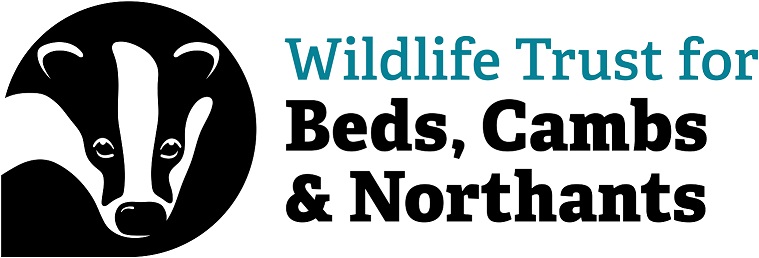Conservationists have launched a plan aimed at halting biodiversity declines in the region by the end of the decade.
The report, Our Wilder Future: A Plan for Nature Recovery in Beds, Cambs and Northants – 2030, has been launched alongside a new £1.5million appeal fund. The Wilder Future Fund is an ambitious campaign to raise money to protect nature reserves, support wildlife conservation in the wider countryside, tackle climate change and inspire people to engage with wildlife on their doorstep.
The Wildlife Trust has committed to protecting some of the most special sites, bring others into better condition and advise farmers and landowners to do more to create space for nature on privately owned land. Scientific research and monitoring to understand and reverse species declines in the region will be a priority, as well as working more closely with other wildlife groups and volunteers.
The plan also commits the Trust to investing in more community outreach work, running education events on nature reserves, working with schools and encouraging community groups to take action for nature through its Team Wilder initiative.
This will be supported by better use of technology, increased fundraising efforts, and a further push on growing its membership.
Brian Eversham, Chief Executive of the Trust, said: “The world has changed a lot since the start of the decade and funding the protection of nature has got a lot harder. We could scale back our ambitions to reflect this new reality – but nature urgently needs our help so we have chosen instead to do more for nature and reach further into communities for support.
“This means we need to raise more money – we calculate that we need another £1.5million over the coming years to ensure this vital work can happen. It’s a big ask of individuals, businesses and other groups – but when I go out into our communities, meet people on reserves and at events, I am always struck by how much people in our three counties love and value wildlife rich outdoor spaces.
“Investing in the local environment does not bring the financial dividends of stocks and shares – instead it gives us special places, supports a healthy countryside full of life, and will enrich the lives of generations to come.
“From the ancient woodlands of south Cambridgeshire, the globally important peatland landscape of the Fens, the wildflower rich chalk downlands of Bedfordshire and the wetlands of Northamptonshire, the nature of this region is worth fighting for, and that’s the ambition we have laid out in this plan.”
The UK Government, and others, have set a goal of halving carbon emissions and conserving 30% of land for biodiversity by the end of the decade. The new five year strategy from the Wildlife Trust BCN shows how we will play our part to help achieve these goals in our three counties.
Some of the key habitats, species and projects in the Wildlife Trust BCN region include,
- The Great Fen is a partnership vision to restore a vast 3,700 hectare peat landscape between Huntingdon and Peterborough and connect two of the remaining fragments of ancient fen. The latest phase at New Decoy Farm has begun groundwork as former farmland is turned into wetland, pools, channels, reedbeds and accessible paths.
- Team Wilder is the Wildlife Trusts initiative to support community groups to help nature close to them. We are already working with groups to create wildlife gardens, put up nestboxes, care for ponds, and more.
- Wilder Luton is a Lottery funded project to help young people and their families in Luton to learn about and care for the beautiful wild chalkland spaces around the town. The team are working in schools and facilitating groups to restore and manage habitats and learn about species.
- The Nene Valley in Northamptonshire is a Special Protection Area meaning it is of European importance for wintering wetland birds. Our reserves at the Nene Wetlands, Summer Leys, Titchmarsh and our work with partners in the area helps provide a home for tens of thousands of waders, ducks, geese, egrets and other wetland specialists.
- Our region has some key species and habitats that are found in few other places. As well as some of the UK’s oldest woodlands stretching back more than a thousand years, chalk streams which are restricted to just a few counties in England and lowland peatland, it is one of the only places in the UK still home to the tansy beetle and two of the country’s rarest wildflowers fen violet and moon carrot.
- The north Chilterns chalk is a vital landscape for wildflowers such as man orchids and pasque flowers as well as butterflies like the chalk hill blue. Managing this habitat on sites like Pegsdon Hills, Totternhoe and Blows Down in Bedfordshire requires careful grazing and management of scrub.
- Strawberry Hill is the Wildlife Trust BCN’s newest reserve and also one of the most special. The 150 hectare (377 acre) farm has been quietly rewilding for more than 35 years, and become the largest area of young woodland in central England, home to half of Bedfordshire’s nightingales
Our Wilder Future: A Plan for Nature Recovery in Beds, Cambs and Northants 2030 can be viewed online or downloaded here www.wildlifebcn.org/about-us/next-five-years
The Wilder Future Fund can be found here www.wildlifebcn.org/wilderfuturefund







